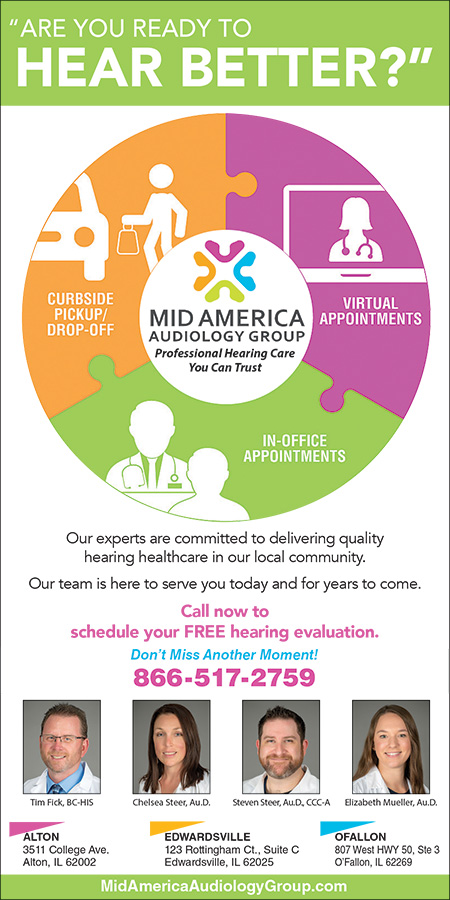Understanding depression and suicide risk
 Depression is a common mental health condition that causes symptoms of profound sadness and loneliness. People of any age and from any socioeconomic background may experience depression at some point in their lives.
Depression is a common mental health condition that causes symptoms of profound sadness and loneliness. People of any age and from any socioeconomic background may experience depression at some point in their lives.
According to the World Health Organization (WHO), depression affects more than 264 million people worldwide.
Although anyone can experience depression, some individuals and groups are more likely to develop the condition than others. Depression may also affect people of different demographics in different ways.
CHILDREN
The Centers for Disease Control and Prevention (CDC) state that 3.2 percent of children aged three to 17 years have depression.
Children with depression may also experience additional mental health conditions. For example, according to the CDC, 73.8 percent of children aged 3-17 years who had depression also had anxiety, while 47.2 percent also had behavioral problems.
ADULTS
In 2017, the National Survey on Drug Use and Health (NSDUH) found that approximately 7.1 percent of adults in the United States had experienced at least one major depressive episode in the space of a year.
Among the adults who responded to the survey, 13.1 percent were aged 18–25 years, meaning that this age group was most at risk of experiencing depression.
The NSDUH also noted that 11.3 percent of adults with mixed ethnic backgrounds experienced at least one major depressive episode during 2017. This was higher than in people of other ethnicities who responded to the survey.
MEN
The NSDUH survey from 2017 noted that 5.3 percent of men had experienced at least one major depressive episode.
Additionally, a study from 2015 found that in 2010-2013, 3.5 percent of adult U.S. men reported having daily feelings of depression, while less than half of them sought treatment for their conditions.
WOMEN
The NSDUH survey from 2017 noted that 8.7 percent of women had experienced at least one major depressive episode.
Statistically, females are twice as likely to receive a diagnosis of depression than males. Research indicates that female hormone fluctuations may trigger depression, but further studies are required to confirm this.
Women are also at risk of depression after pregnancy, with one-in-nine experiencing postpartum depression.
It is also important to note that environmental factors, such as socioeconomic disadvantage and gender-based violence, can also influence depression in females.
DEPRESSION AND SUICIDE
Suicide is very commonly associated with depression. Suicide Awareness Voices of Education report that 90 percent of people who die by suicide have an existing mental health condition or substance abuse disorder.
Suicide is the 10th leading cause of death in the U.S. and the second leading cause of death among people aged 10 to 34 years.
People feeling depressed and experiencing suicidal thoughts should try to contact their doctor or the 988 Suicide and Crisis Lifeline helpline as soon as possible.
(Excerpted and reprinted from Medical News Today)
Suicide prevention guide
If you know someone at immediate risk of self-harm, suicide, or hurting another person:
- Ask the tough question: “Are you considering suicide?”
- Listen to the person without judgment.
- Stay with the person until professional help arrives.
- Try to remove any weapons, medications, or other potentially harmful objects.
If you or someone you know is having thoughts of suicide, a prevention hotline can help. The 988 Suicide and Crisis Lifeline is available 24 hours a day by call or text. During a crisis, people who are hard of hearing can use their preferred relay service or dial 711 then 988.



Leave a Reply